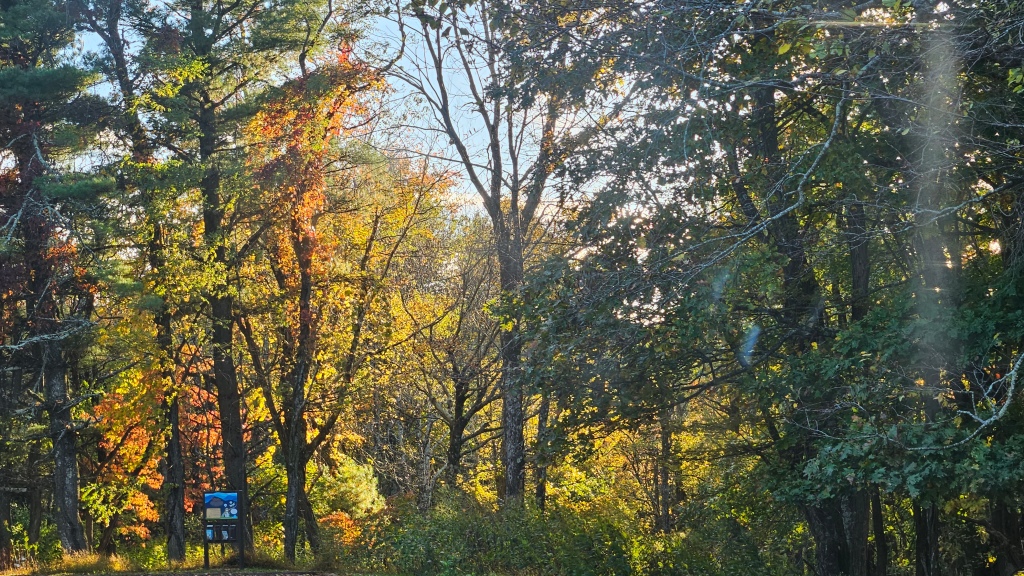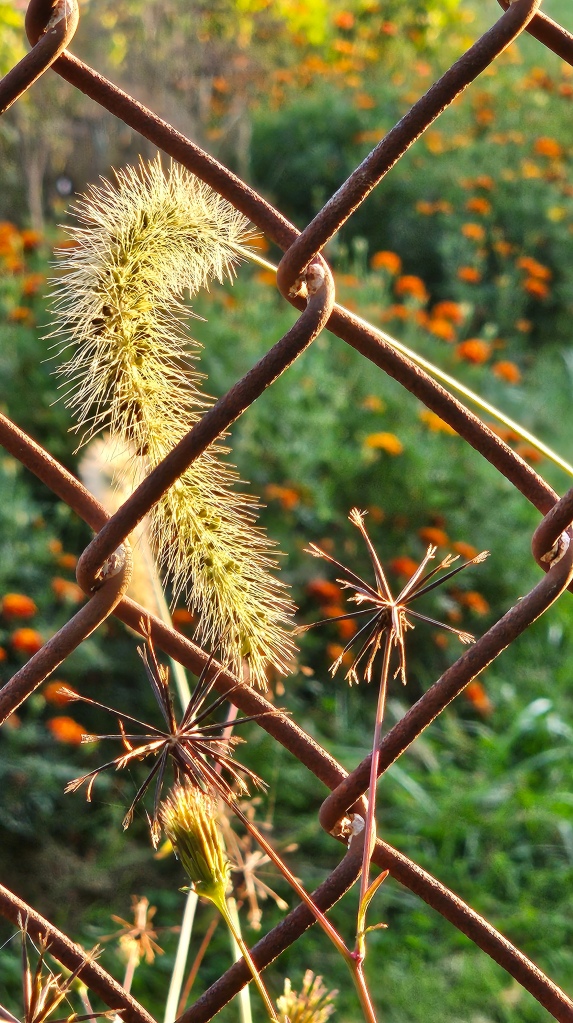Dwayne Yancey at the non-profit news website Cardinal News just responded to a “Whatever the hell is west of Roanoke” snarky comment about southwest Virginia with an entertaining column that reminded me that 2024 is my 20th year living “west of Roanoke,” 17 of them in Virginia’s section of the New River Valley, after three in Knoxville.
In fact, I’m not sure I’ve set foot in Roanoke itself more than a dozen times in all those years — a few contra dances, a couple of shopping trips and, coincidentally, a Cardinal News anniversary meeting, plus a couple of Roanoke hospital visits. That’s about it. I did feel a little connection to the city when I subscribed to the Roanoke Times, but that ended after new out-of-state owners closed its New River Valley Bureau, ending regular coverage of the City of Radford (where I live), Blacksburg (other than Virginia Tech sports), and neighboring counties. There was nothing much left in the paper that interested me, and its website ads made the online version too annoying to browse. So Roanoke fell off my map.
Most everything that interests me is south and west of Roanoke, a region that gets some publicity as “The Crooked Road: Virginia’s Heritage Music Trail,” including events and attractions in the counties and cities that border West Virginia, Kentucky, Tennessee and North Carolina. Some of those states’ capitals are closer than Richmond, which I’ve visited a total of once since moving to Virginia — and that was to see a guy who had some interesting instruments for sale. I detoured up to Richmond on my way home from a visit to Chapel Hill. I think the instrument seller has moved to Florida.
I’ve explored a little due-west and northwest of Roanoke on the way to summer and fall weeks at the Augusta Heritage Workshops in Elkins and Cass, W.V… and I’m temped to explore the Roanoke area’s Shenandoah National Park sometime, but there are plenty of parks and forests farther south and west, with less I-81 truck traffic between me and them.
If The Blue Ridge Parkway ever gets its Roanoke area repairs completed, I may drive up to Shenandoah that way, but I’m actually more tempted to head south to explore Parkway features in North Carolina. So far, I’ve hardly gotten past the Blue Ridge Music Center in Galax.
Here’s a piece of the Crooked Road map to give out-of-state friends a visual reference. The state lines are very lightly marked, but Tennessee and North Carolina are at the bottom, Kentucky and West Virginia are off to the left and up I-77, and Richmond is somewhere to the right, out of mind and out of sight. The place names on the right side of the map remind me of an old song. It announces, “It’s a mighty rough road from Lynchburg to Danville,” the route of an ill-fated mail train that wrecked on its way to Spencer, N.C., on September 27, 1903. I’ve thought of re-tracing that route sometime — or the part of it sufficiently south to not feel like it’s “east of Roanoke.”


















